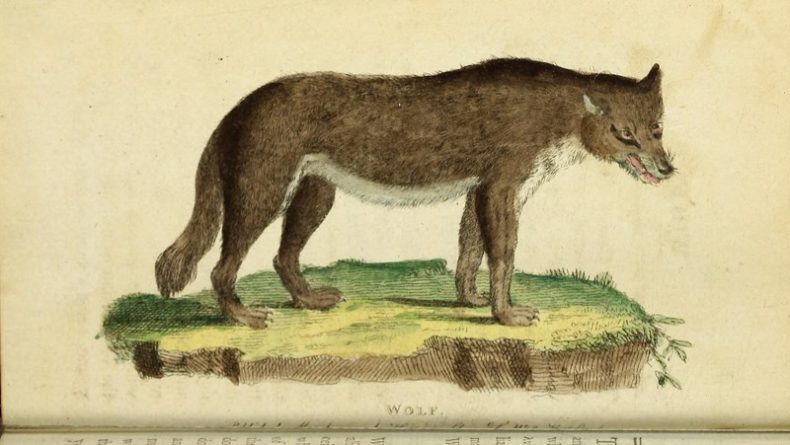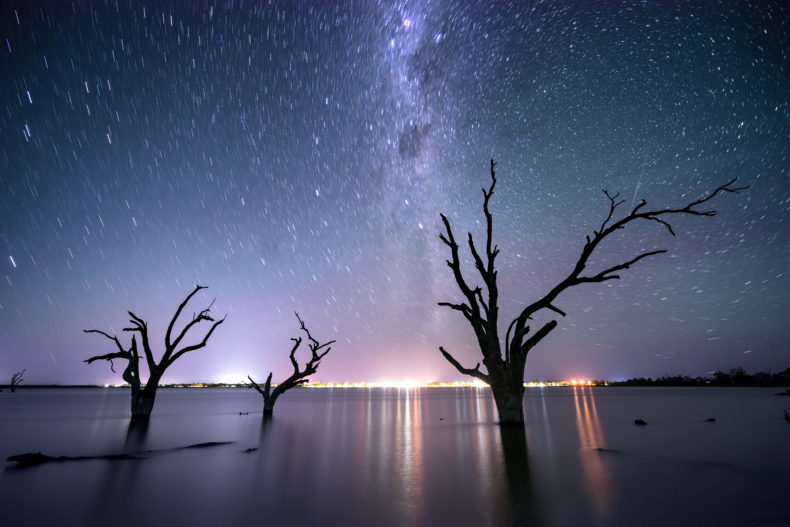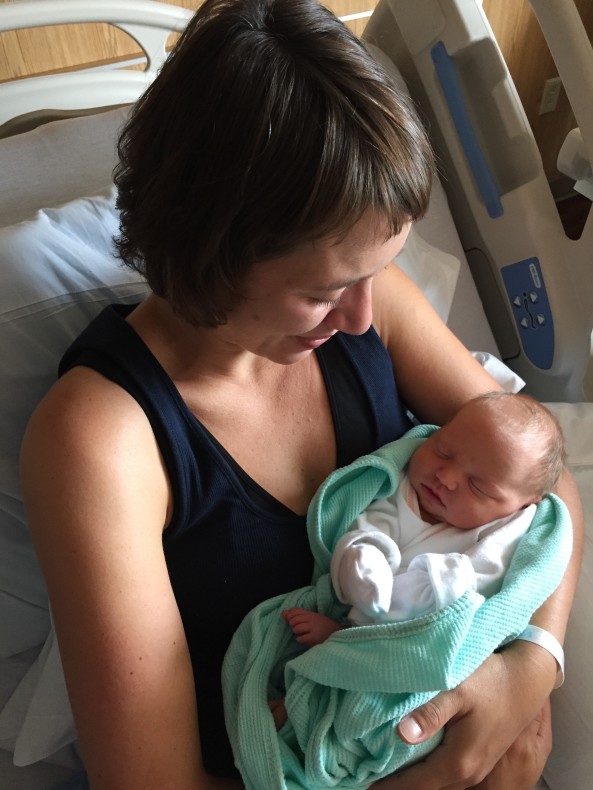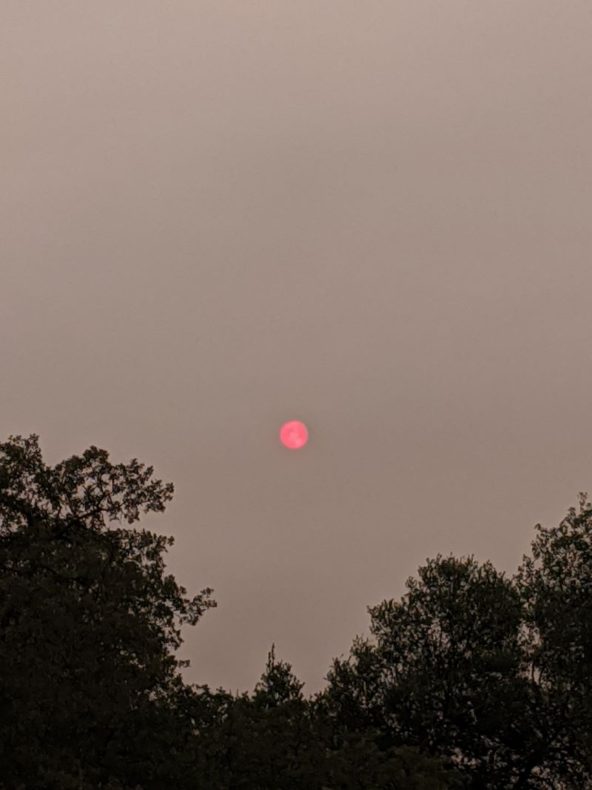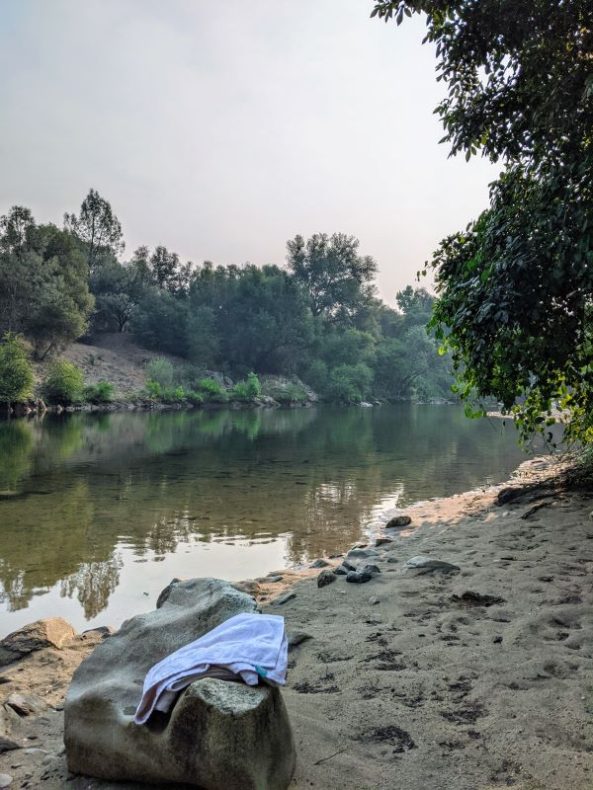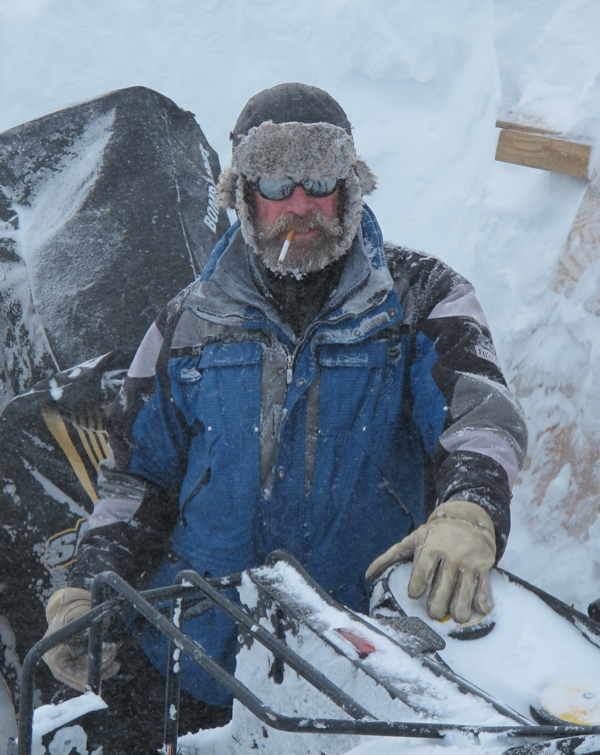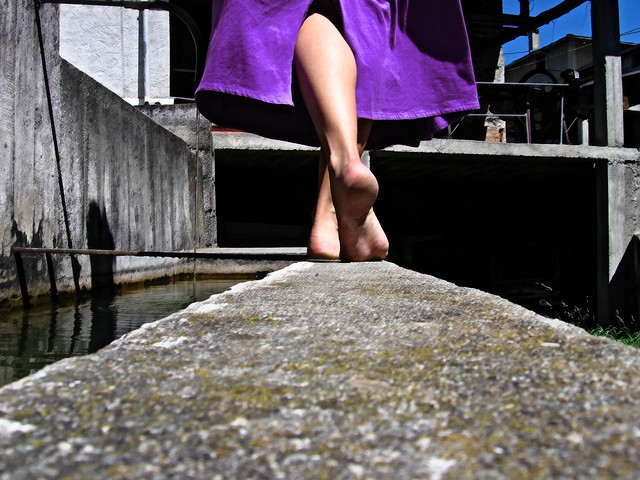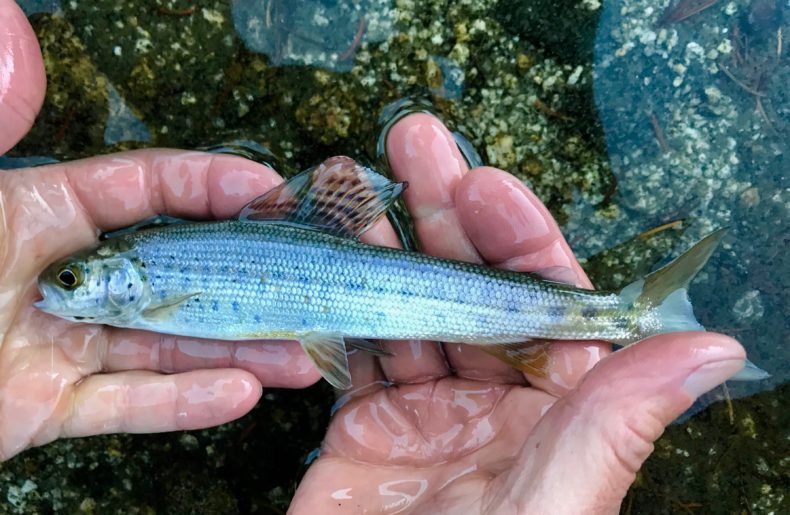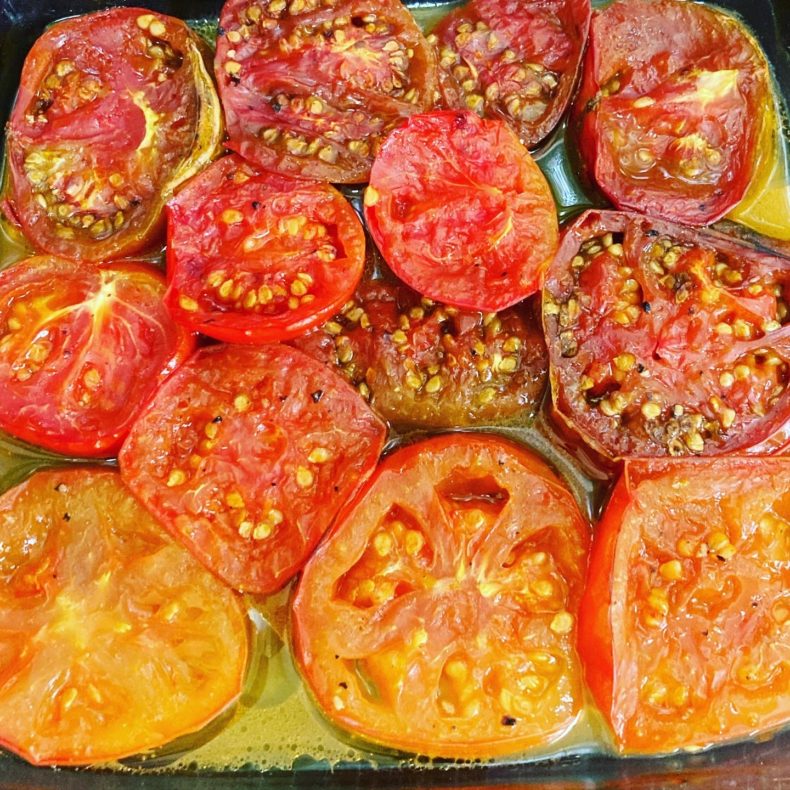
With apologies to Colin Nissan.
I don’t know about you, but I have been waiting all year to wrap my hands around some tasty, tender tomatoes and arrange them in colorful patterns on my kitchen counter.
That shit is going to look like the embodiment of late summer. I’m dusting off my harvesting baskets and steel bowls, jamming them with juicy, just-off-the-vine tomatoes of every color.
When my guests come over, it’s like, BLAMMO! Check out my overflowing bounty of luscious, juicy tomatoes, assholes. Guess what season it is — fucking harvest season! There’s a feeling of ripeness in the air and my house is full of tender fucking tomatoes.
And you know what I’m going to do? I’m going to throw some multi-colored tomatoes into a roasting pan, and I’m going to drizzle them with some genuine California olive oil and then I’m going to slow-roast them until their scrumptious flavors have bubbled up into a taste explosion.
And when people come over and smell the aroma of roasting tomatoes in my kitchen, they’re going to be like, “Aren’t those tomatoes smelling up your house?” And I’m going to spread another perfected roasted purple Cherokee onto a slice of homemade sourdough and quietly reply, “It’s harvest season, fuckfaces. You’re either ready to reap this tasty bounty or you’re not.”
Roasting purple, yellow, orange and red tomatoes sounds like a pretty fitting way to ring in the season. There is no more ideal food than a perfectly roasted tomato, and I am going to roast tomatoes until there are no more tomatoes to roast.
Why? Because it’s not that long stretch when the garden is growing but nothing is ripe, and it’s not spring or winter or the post-frost fall yet. Grab a calendar and pull your fucking heads out of your asses; it’s harvest season, fuckers.
For now, all I plan to do is to throw on a t-shirt, some light overalls and a floppy fucking hat and kneel down in my garden and keep picking this near-endless stream of ripe tomatoes for the next six weeks, or until the first frost. The first skunk that tries to sneak in and steal my ripe tomatoes is going to get his stinky ass bitch-slapped all the way back to the long days of early summer, when the plants are green but so are the tomatoes.
Welcome to harvest season, fuckheads!
Today’s parody post is based on this McSweeney’s classic by Colin Nissan.
